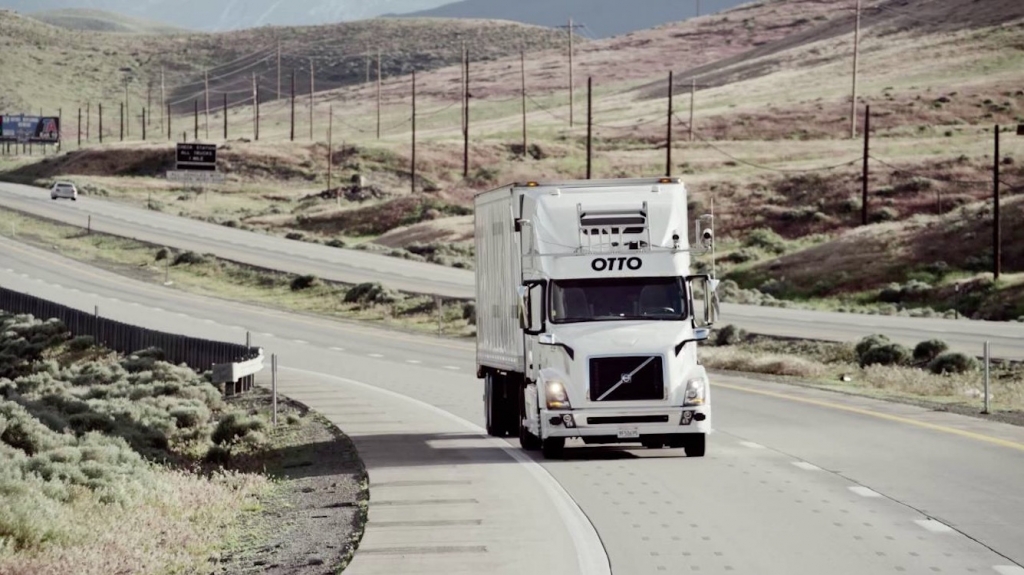-
Tips for becoming a good boxer - November 6, 2020
-
7 expert tips for making your hens night a memorable one - November 6, 2020
-
5 reasons to host your Christmas party on a cruise boat - November 6, 2020
-
What to do when you’re charged with a crime - November 6, 2020
-
Should you get one or multiple dogs? Here’s all you need to know - November 3, 2020
-
A Guide: How to Build Your Very Own Magic Mirror - February 14, 2019
-
Our Top Inspirational Baseball Stars - November 24, 2018
-
Five Tech Tools That Will Help You Turn Your Blog into a Business - November 24, 2018
-
How to Indulge on Vacation without Expanding Your Waist - November 9, 2018
-
5 Strategies for Businesses to Appeal to Today’s Increasingly Mobile-Crazed Customers - November 9, 2018
New standards for medium- and heavy-duty vehicles announced
Compared to the proposed standards, released a year ago, the final clean truck rules achieve 10 percent more GHG and fuel consumption reductions, the agencies said.
Advertisement
The standards, unveiled as President Barack Obama enters the last five months of his final term, apply to heavy duty vehicles which account for 20 percent of greenhouse gas emissions and oil use in the U.S. transportation sector, according to the Environmental Protection Agency.
A White House fact sheet says the goal is to reduce Carbon dioxide emissions by about one billion metric tons, cut oil consumption by up to 1.8 billion barrels and reduce fuel costs by about $170 billion over the lifetime of the vehicles subject to the regulations. The buyer of a new long-haul truck in 2027, when the rules are expected to be fully phased in, is expected to recoup his or her investment in cleaner and more efficient technology in under two years thanks to lower fuel costs, the EPA said. They will require emissions be reduced by 25 percent by 2027 and apply to semi-trucks, large pickup trucks and vans, and all types and sizes of buses and work trucks.
These second-phase Clean Truck standards will build on the first ever heavy-duty fuel economy and GHG program, which was finalized in 2011 with broad support from truck manufacturers, national security and veterans groups, labor, consumer, and health groups, and clean air advocates (including EDF).
Mr. Obama on Saturday previewed the released of the new fuel-efficiency standards in his weekly address, and he signaled that the administration plans to roll out more environmental policies before he leaves office in January. This would save truck owners almost $170 billion in fuel costs and reduce oil consumption by as much as 84 billion gallons. “As a leading supplier of advanced transmissions, engine and powertrain components, Eaton is committed to delivering cost effective technologies that will help our customers achieve significant operational savings”, said Craig Arnold, Eaton chairman and CEO.
The new standards are expected to eliminate 1.1 billion metric tons of carbon dioxide once fully implemented, equivalent to a year’s worth of emissions from USA residential power use.
“This is going to be a net savings to operators of these heavy duty and medium-size trucks”, said Transportation Secretary Anthony Foxx, according to The Washington Post.
To get there, corporations and vehicle owners will need to invest in new technologies to improve efficiency.
The EPA trailer standards, which exclude certain categories such as mobile homes, will begin to take effect in model year 2018 for certain trailers, while NHTSA’s standards will take effect as of 2021, with credits available for voluntary participation before then.
Advertisement
“While today’s fuel prices are more than 50 percent lower than those we experienced in 2008, fuel is still one of the top two operating expenses for most trucking companies”, said ATA president and CEO Chris Spear in a statement. “We are confident we have the engine technologies necessary to meet or exceed improvements required by the Phase 2 engine standards”.





























